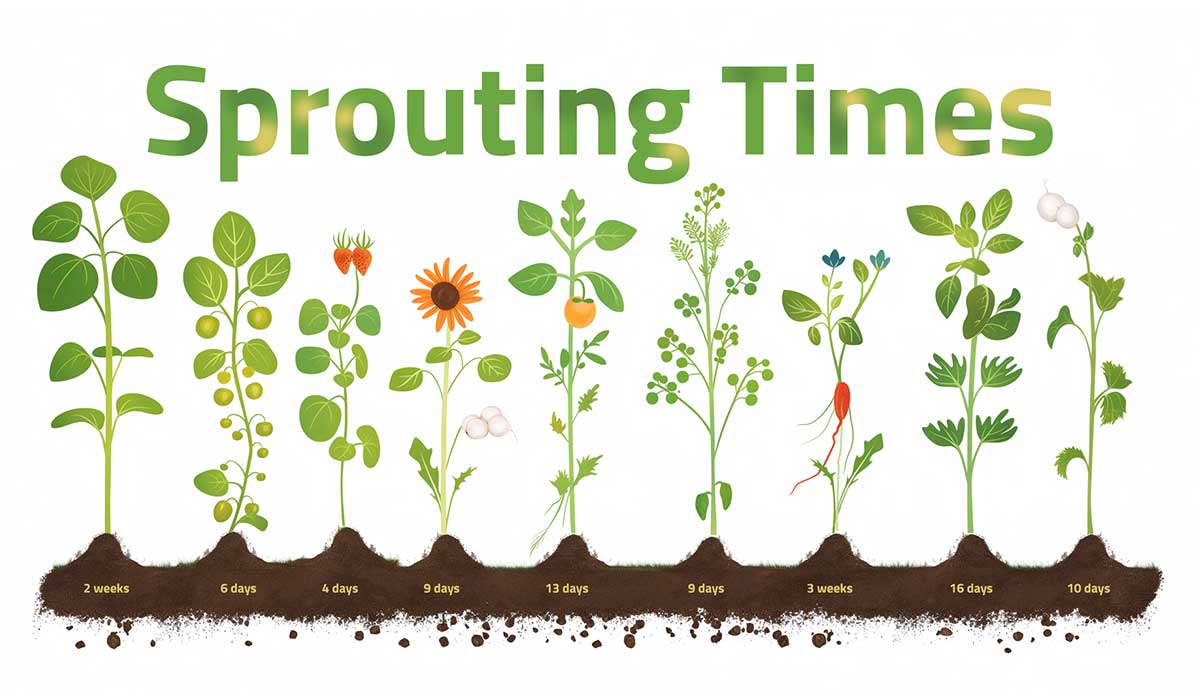New York Times Cooking Meal Plan – How To Plan Meal Time Each Month

Contents
New York Times Cooking Meal Plan

How To Plan Meal Time Each Month.
5 amazing tips on how to plan meals every month! I’ll share the method I use for my monthly meal planning, as well as other suggestions to help you plan your meals easily!
Step 1. Check The Family Calendar And See What’s going on.
Before you start anything else Before you look at recipes, before creating shopping lists, or before you even glance at the sales flyer, take a look at your family’s calendar. The reason for this is that you have only enough time to prepare dinner every evening.
Some nights, you’ll be unable to make it in time. If there are doctor appointments, baseball games, church potlucks, cheer practice or cookouts in the neighborhood, or if someone is coming over. These things can influence your menu schedule. It is crucial to be aware of this before you begin writing down your meals.
Step 2. Note down the meals you Always have on the Same Day.
You might have pizza on a Friday, or tacos on Tuesdays and Sunday pot roast. Perhaps you have a night out on Wednesday evenings when the kids are allowed to eat for free. Maybe your parents host a family dinner on Saturday evenings.
If you are eating meals frequently, take note of them first. It could be any meal you eat during the day, such as lunch, breakfast and dinner, snacks and dessert.
Step 3. Plan a few meals based on what you already have.
Check your freezer, fridge or pantry for ways there is a way you could transform some items into meals. It is possible to save a lot of money when you eat your food items that you already have and don’t forget this step.
The meals you prepare need not be extravagant. Salad, soup, sandwiches and similar are nutritious meals when you are using healthy ingredients. Your aim is to provide your family with food not to be the winner of Top Chef.
Step 4. Plan a Few Meals based on Weekly Sales Flyers.
Once you’ve finished using your current stash Look for what’s available and what you can do with the item that month. It’s important to concentrate on what’s available this week and then use it the remainder of the month.
Step 5. Check Your Menu Plan and Update If Needed.
At this moment you should have the majority of your days covered. If you aren’t sure then fill them in with your family’s favorite recipes such as family-related requests, meals you’ve always wanted to try and ideas you’ve saved on your Pinterest board, or recipes your favorite blogger recently posted.
Also, you’ll want to ensure that you have plenty of variety. Are you in line with your nutritional and personal objectives? Take into consideration factors such as:
- Did you get the same food for five nights in 5 days?
- Or pasta for the entire week?
- Did you make enough dishes using beans?
- Do you require more salads? Perhaps some soup?
This is your chance to change the things around so that you can actually appreciate the food you chose. It’s your choice to switch the protein, switch the grain, or swap the ingredients for something similar so that you feel as if you’re eating something new and not having to reinvent the wheel each evening.
Other Tips to Help You Plan Your Monthly Meal
- Utilize more perishable vegetables such as lettuce, mushrooms, and squash early in the menu plan, and wholesome produce like potatoes, onions or carrots later in the month.
- Utilize every “specialty” ingredient at a minimum at least twice. For instance, if you require feta cheese to make Greek Pasta Salad on week 1, think of another dish that incorporates that cheese at a later time in the year. This will allow you to buy it in bulk, and also reduce food waste. Both are well-tested strategies to save the money you spend on food!
- Review your menu plan midway through. Check the plan against the family calendar. Make sure that the plan you made at the start of the month is still working and that you’ve got everything you require. Change the plan of your meal according to your needs – remember that it’s not fixed in stone. Create it to work for you!
- You can stop the meal plan so that you can take a bite of leftovers. There’s no shame in taking a break from a meal plan in order to have leftovers. It is possible to move the food item towards the close of the month or move the menu ahead to one full day. In any scenario, having leftovers on hand is a different method of cutting down on food costs So, go for it!
- Read Also:
- Ube Vs Taro – What’s The Difference?
- Hand Roll Vs Cut Roll Sushi: What’re The Differences?
- Butter Chicken vs Tikka Masala: What Is The Differences?








Reverse dial lookup
Your blog consistently captures my attention throughout. I cannot stop reading without devouring every word you write.